In the competitive electric toothbrush market, battery selection plays a vital role in user experience, product lifespan, and cost control. Whether you’re launching an entry-level product or a premium smart toothbrush, understanding different electric toothbrush battery types is essential to align performance with your brand positioning.
This blog explores the key differences between lithium battery vs. NiMH battery, the importance of battery life optimization, and how to match the right solution through OEM customization.
There are two primary battery technologies used in electric toothbrushes today:
Understanding the pros and cons of each helps brands make informed decisions based on their market segment and performance goals.
Here’s a direct comparison of lithium battery vs. NiMH battery in the context of electric toothbrush applications:
| Feature | NiMH Battery | Lithium Battery |
|---|---|---|
| Energy Density | Moderate | High |
| Charging Time | 8–16 hours | 2–4 hours |
| Battery Life | 5–7 days | 10–20 days |
| Product Positioning | Entry to mid-range | Mid to high-end |
| Cost | Lower | Higher |
| Size | Larger | More compact |
For premium toothbrushes with smart features or sleek form factors, lithium batteries are ideal. For value-focused or budget models, NiMH batteries offer a balance of performance and affordability.
Beyond battery type, battery life optimization is key to delivering a strong end-user experience. Professional manufacturers optimize battery performance through:
These engineering practices help ensure that your product not only meets customer expectations but also complies with safety standards and extends time between charges.
Every brand has unique product goals. Through OEM customization, manufacturers can help:
Whether you’re targeting cost-sensitive retail markets or launching a high-end smart device, customization ensures the power solution enhances—not limits—your brand identity.
Choosing between lithium battery vs. NiMH battery isn’t just a technical decision—it’s a strategic one. A carefully selected power solution affects pricing, design, performance, and market perception.
By understanding electric toothbrush battery types, focusing on battery life optimization, and leveraging OEM customization, brands can develop products that are both functional and aligned with customer expectations.
👉 Partner with us to design a power system that delivers performance, reliability, and market impact—customized to your unique brand vision.https://www.powsmart.com/about-powsmart/
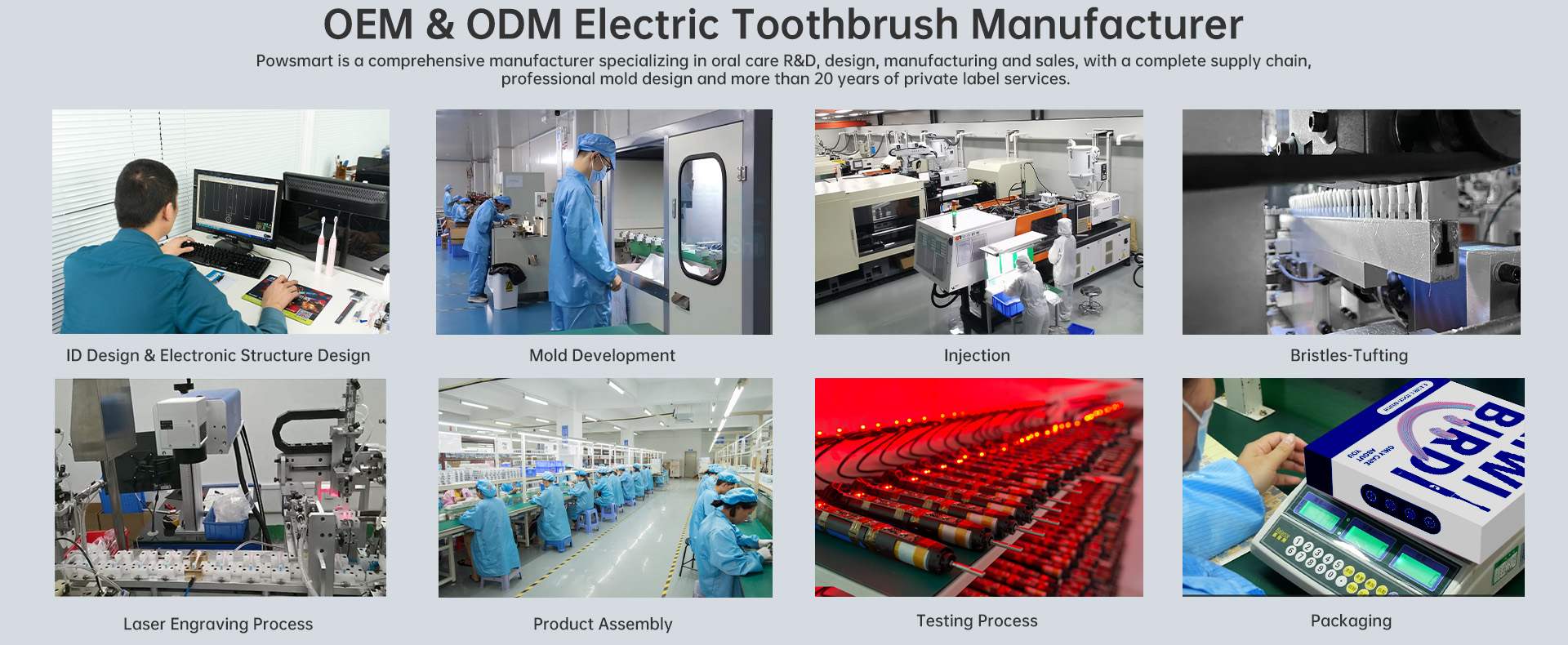
How Much is the Quality Difference Between Different Materials of LED Teeth Whitening Devices?
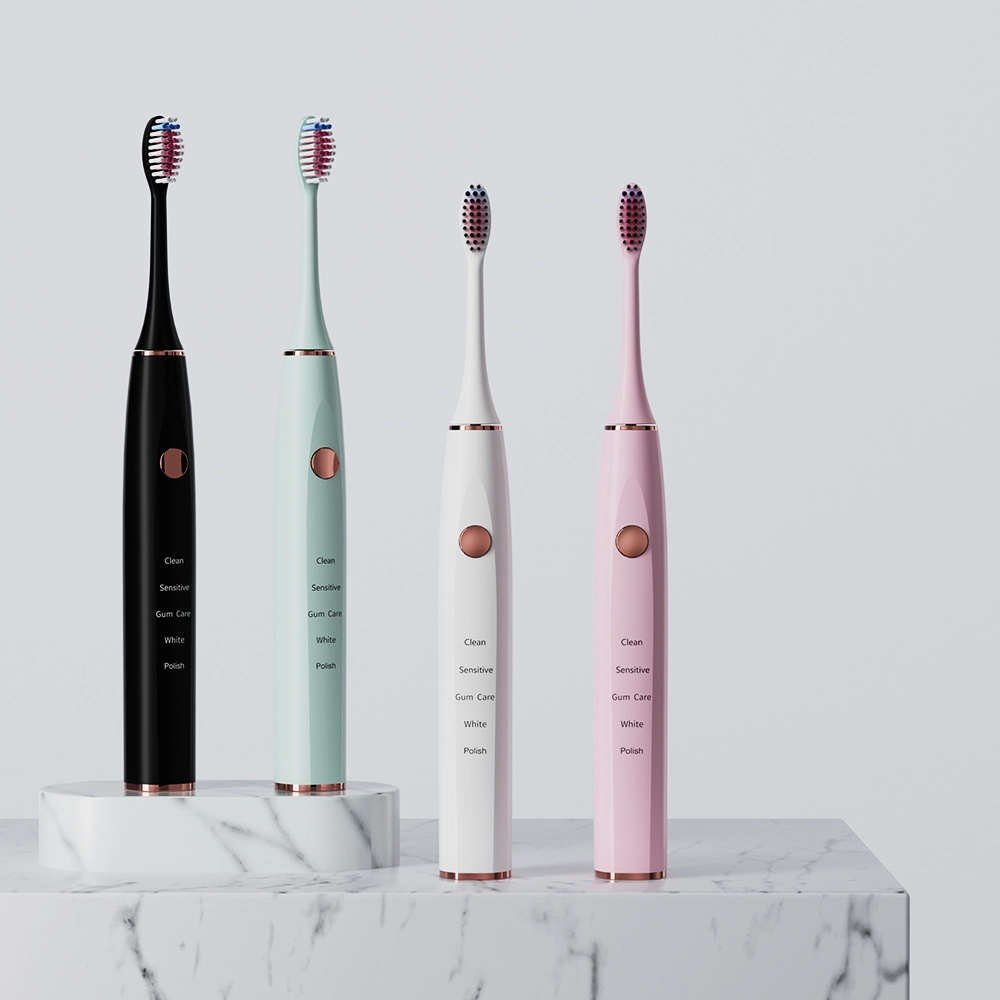
Comparing Button Types in Electric Toothbrushes: Which is Best for Your Product?
Austin Eco Toothbrush: Sustainable Oral Care from Factory to Home
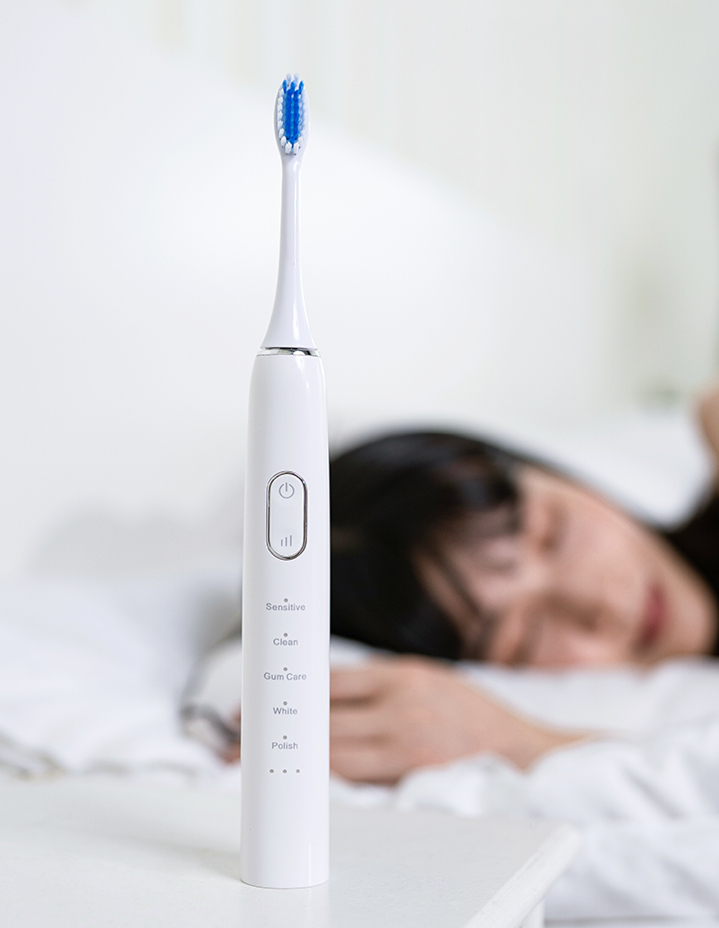
The Buzz on Electric Toothbrushes: Are They Really Worth the Investment?
.webp)
Can Dental anesthesia ensure Pain-free procedures?
Why Do Whitening Cycles Cause Efficacy Debates?
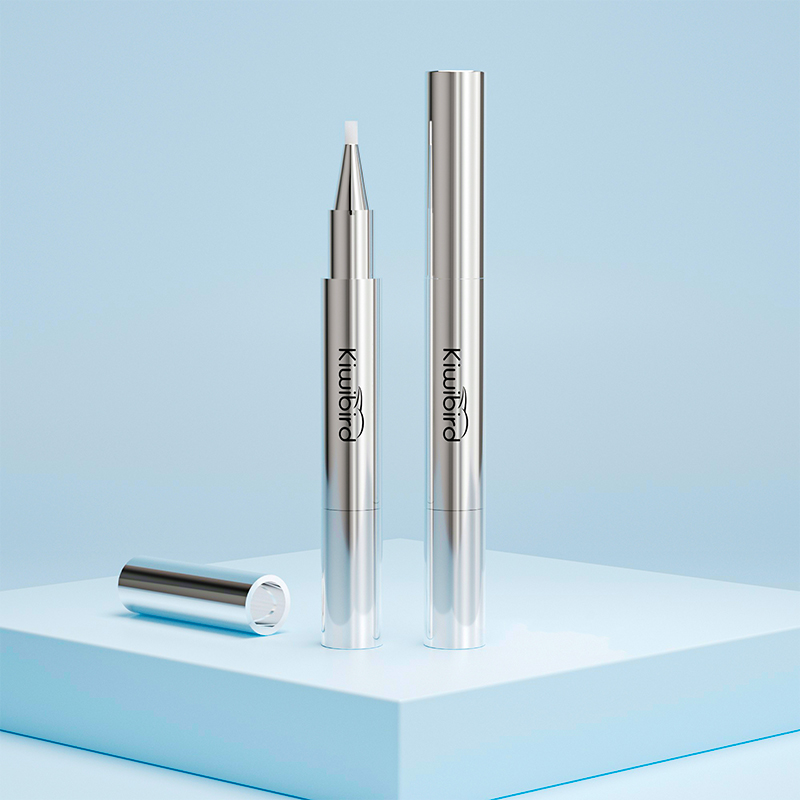
The Oral Beauty Revolution of Teeth Whitening Devices: From “Medical Equipment” to “Cosmetic Bag Item”
Corporate Wellness Toothbrush Gifts Bulk Supplier
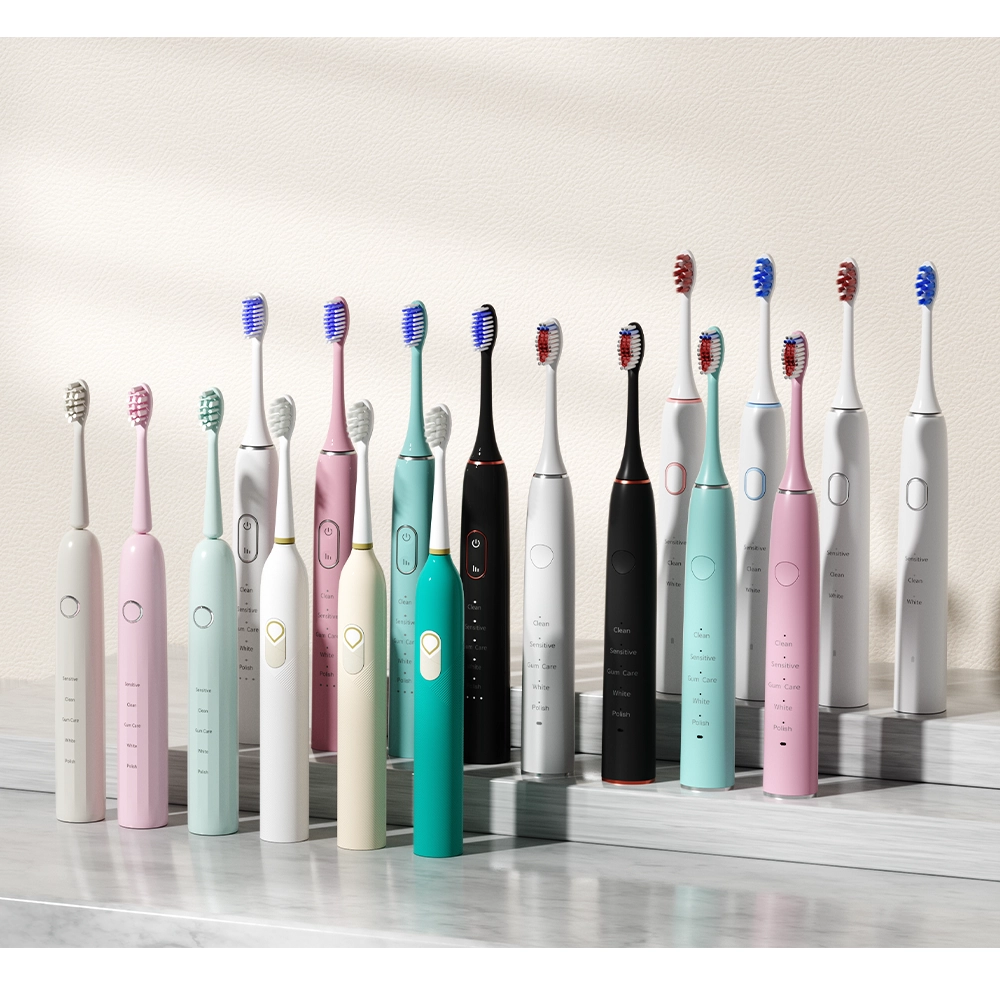
How a Gentle senior brush protects Sensitive elderly gums
Brush Head Blockage Causing Motor Stalling?
Battery Overheating Inducing Ear Discomfort – Dangerous?
Why Self-Developed Motors Matter in Electric Toothbrushes?
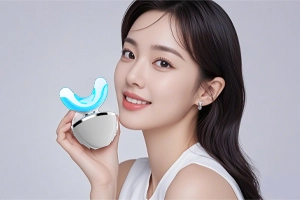
A Few Things You Need to Know Before and After Teeth Whitening

The evolution history of electric toothbrushes
.webp)
How can the right toothbrush technique prevent gum disease?

Which Teeth Whitening Method Is Right for You?
.jpg)
Florida Electric Toothbrush – Powsmart PTR-C8

Customization Teeth Whitening Gel

electric toothbrush heads Charcoal Infuse-Round

Private Label Whitening Gel

electric toothbrush heads Ultra Soft

electric toothbrush heads Deep Clean

Electric toothbrush heads Charcoal Infused-Diamond

electric toothbrush heads Regular Clean
whstapp
whstapp
National Toll-Free Service Hotline
+86 755 86238638